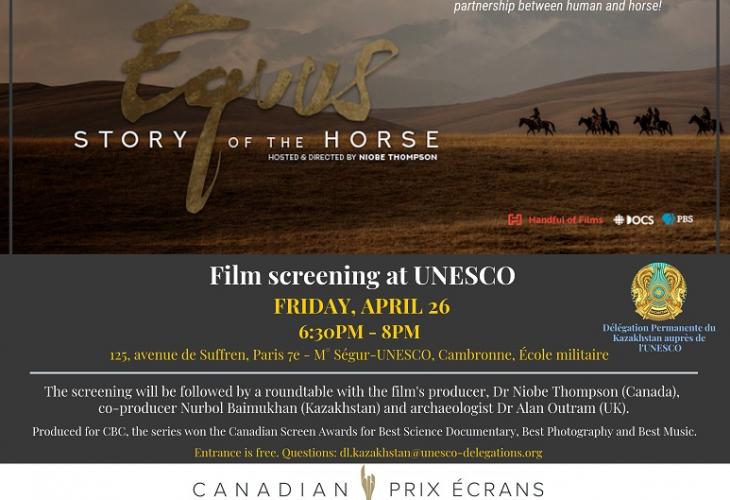The work of arts made of metal mined in Nakhichevan, Mingechevir, Gedebey, Gazakh, Ganja and other regions are 5000 years old. Kitchen utensils, weapons and samples of accessories found in this areas should not only be treated as a historical fact, but also as an important source which give important information about mastership of the craftsman.Forging, Garasavad, Shebeke, Khatemkarlig and Minachilig are different styles of the Azebaijani Metal Graphics.
Porcelain is a material made from well-chosen porcelain clay or pottery stone through technological processes like proportioning, molding, drying and firing. Although porcelain developed from pottery, the two are different in raw material, glaze and firing temperature; compared with pottery, porcelain has tougher texture, more transparent body and finer luster. It excels pottery in both pragmatic and artistic terms. That's why it gradually replaced pottery in the ceramic history.
Azerbaijani carpet weaving, occupies a special place in the history of its national culture. The most widespread folk art is carpet weaving. It made its way into the everyday life of the people of Azerbaijan and turned into a symbol for the nation. Because of their high aesthetic value, fleecy and pileless carpets, decorated with various patterns and signs, are used to decorate the walls and floors of marquees, huts, homes, nomads' tents, and other buildings.
Walled City of Baku with the Shirvanshah's Palace and Maiden Tower
© Roberto Cantoni
Built on a site inhabited since the Palaeolithic period, the Walled City of Baku reveals evidence of Zoroastrian, Sasanian, Arabic, Persian, Shirvani, Ottoman, and Russian presence in cultural continuity. The Inner City (Icheri Sheher) has preserved much of its 12th-century defensive walls. The 12th-century Maiden Tower (Giz Galasy) is built over earlier structures dating from the 7th to 6th centuries BC, and the 15th-century Shirvanshahs' Palace is one of the pearls of Azerbaijan's architecture.
Located on the southern coast of Lebanon, 83 km south of Beirut, the antique town of Tyre was the great Phoenician city that reigned over the seas and founded prosperous colonies such as Cadiz and Carthage and according to legend, was the place of the discovery of purple pigment.





